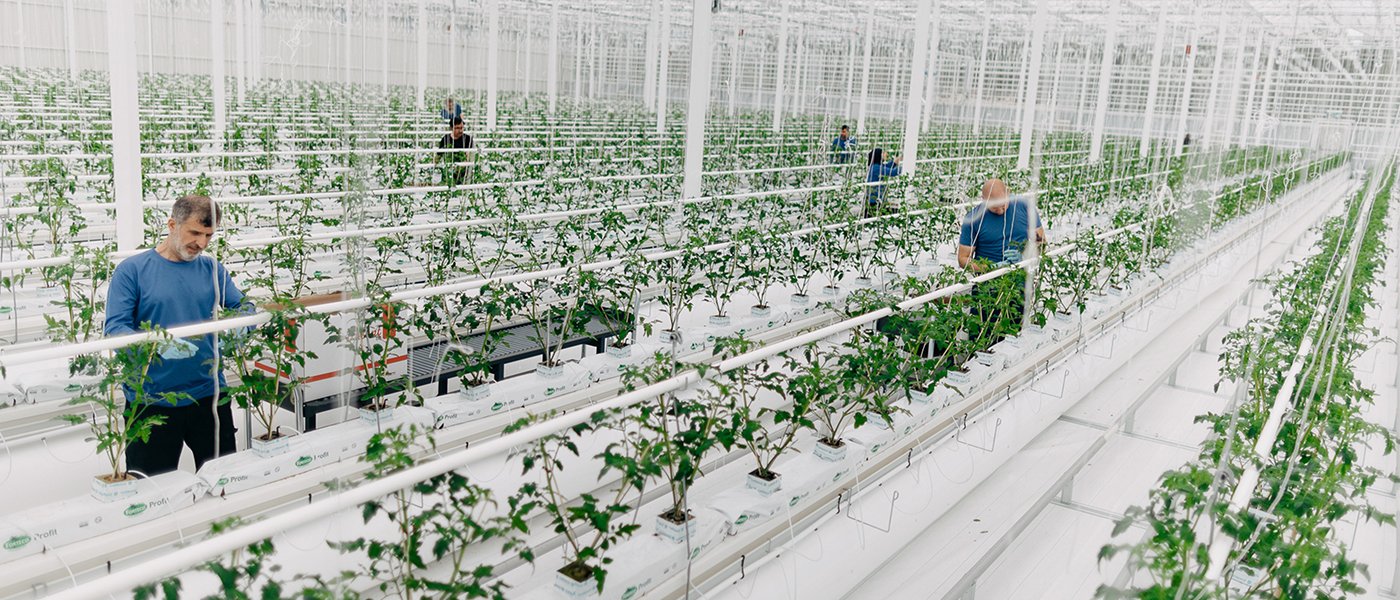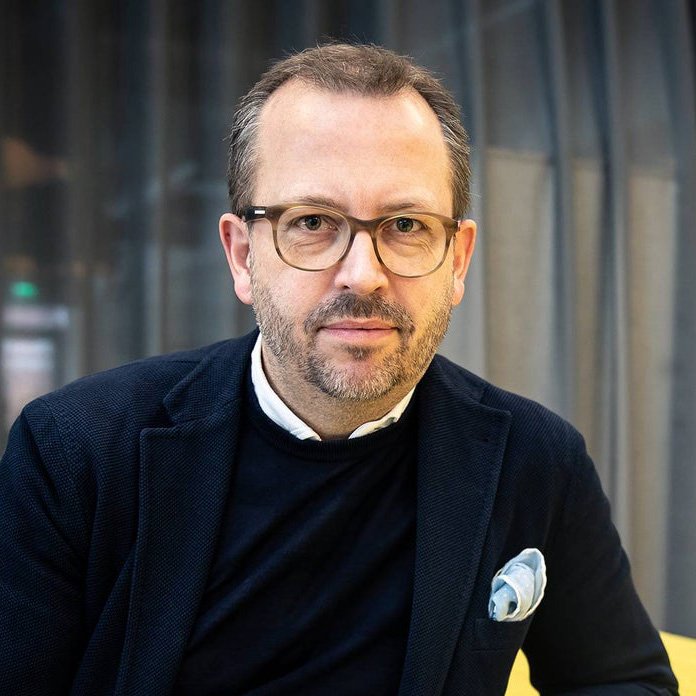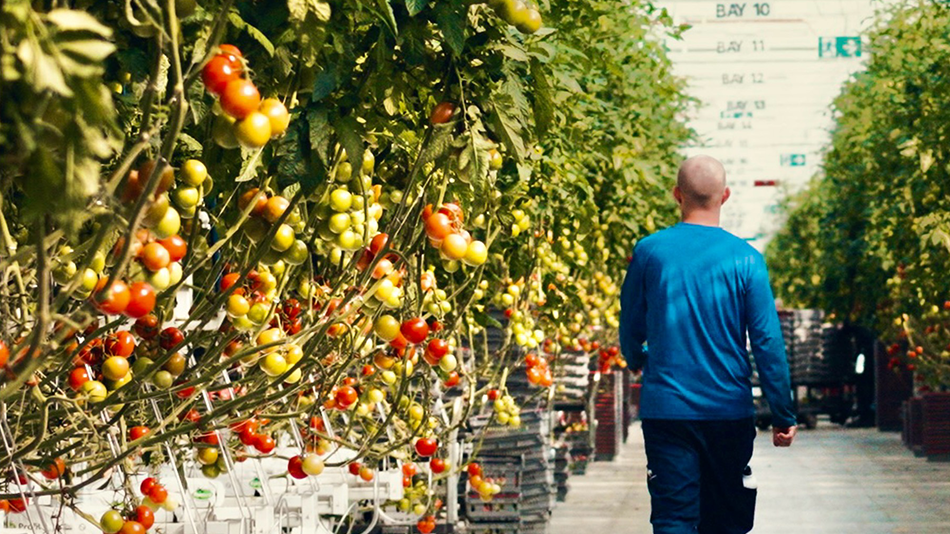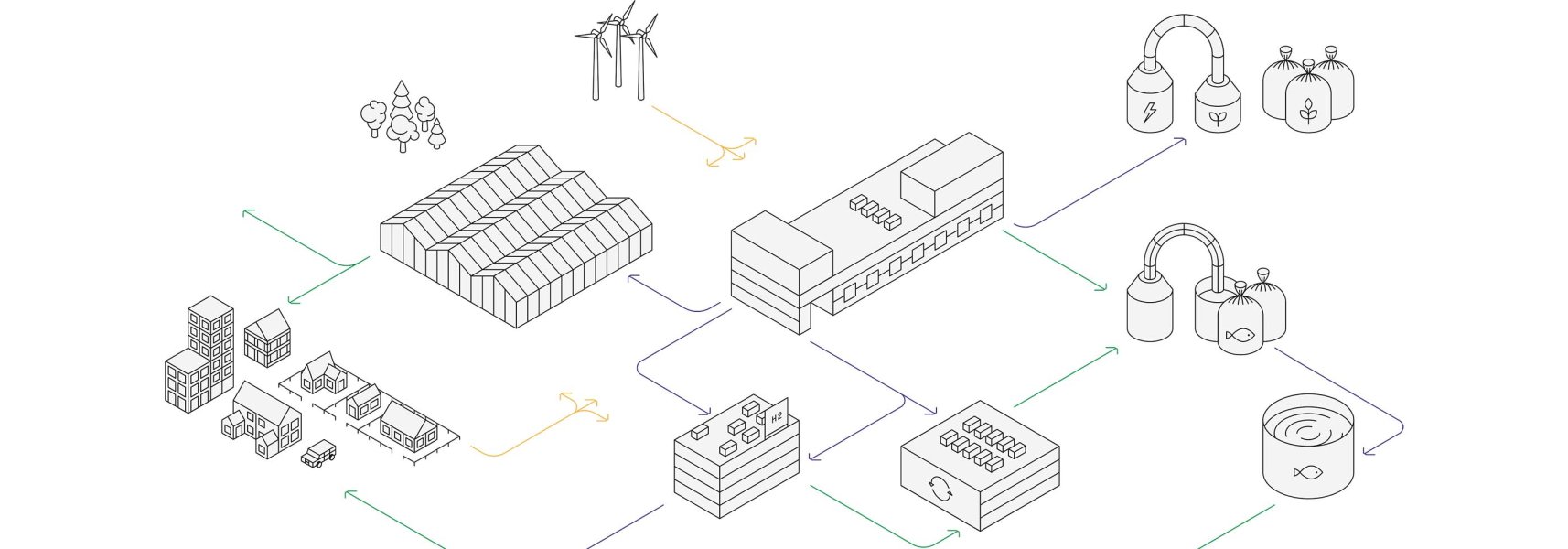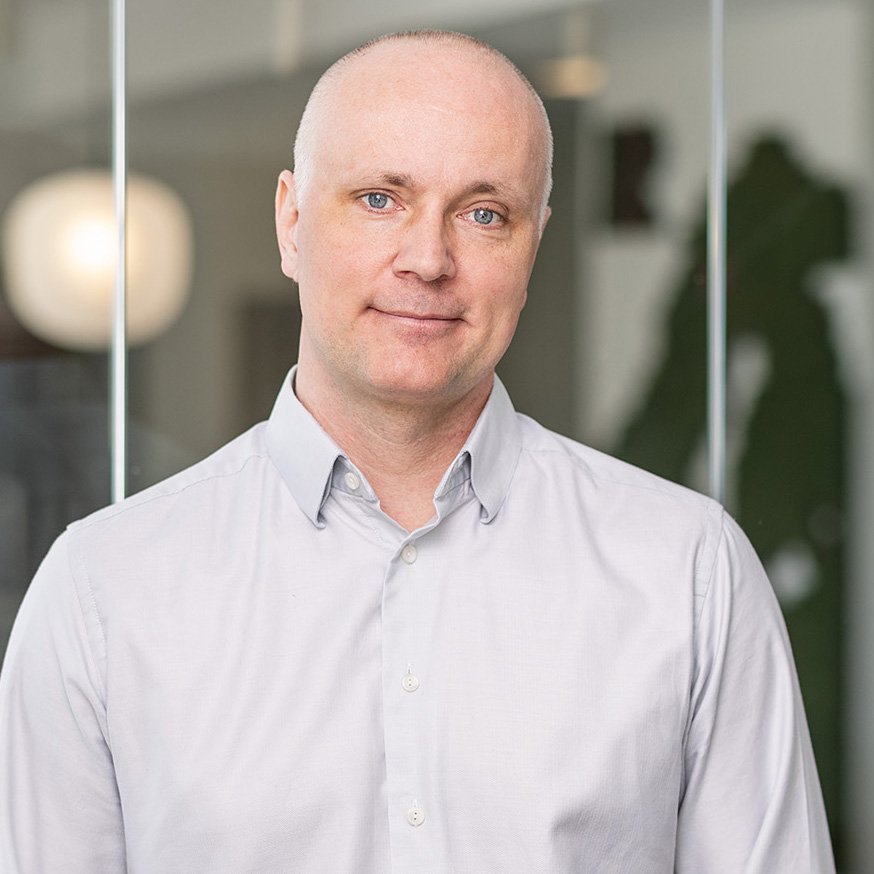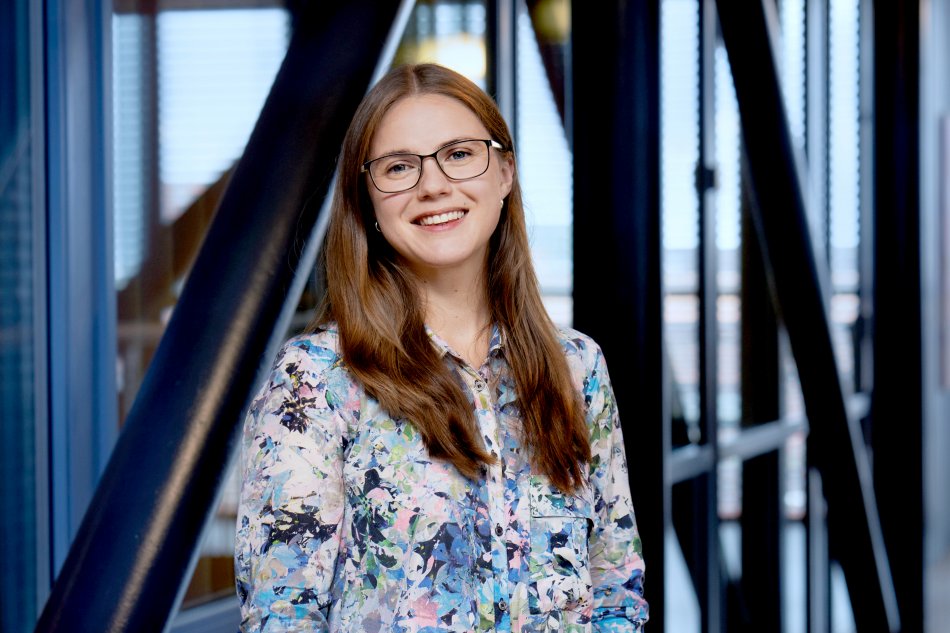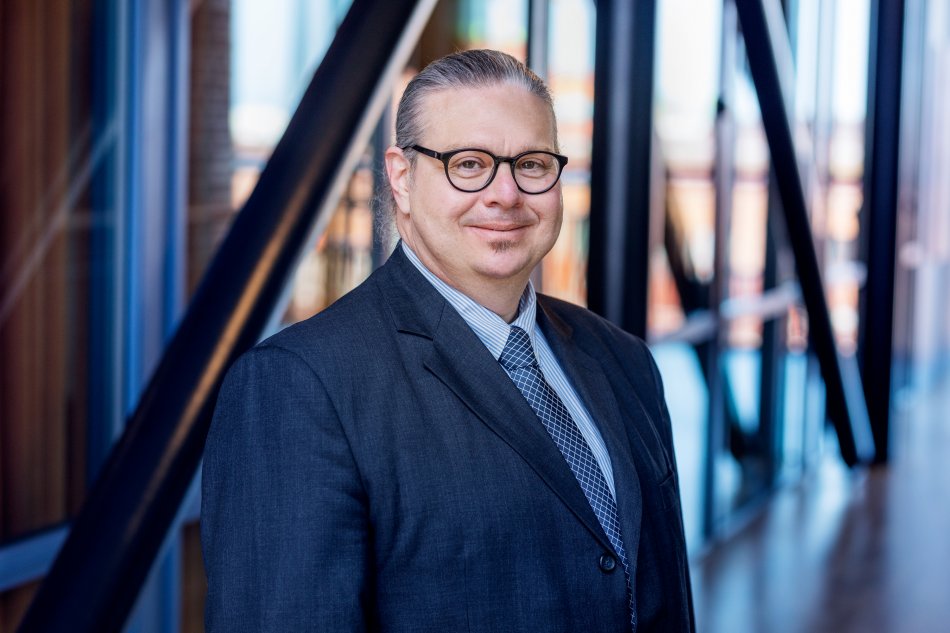How their solution works
“At WA3RM, we take action from developing an idea to reuse industrial streams, designing and building a facility to structuring the finance and managing the asset,” explains Founder & Chief Market Development Officer, Fredrik Indebetou. “What is new about our solution is the scale and the business model that we use to make these ideas a reality
“Waste is streamed from the anchor industry to an adjacent, purpose-build facility where it can be used as a resource in new industrial production of vegetables, protein or other applications. Essentially, all by-products are evaluated for a possible loop.”
Benefits of a ‘bringing waste to life’ approach
Using waste streams, including waste heat and CO2 for food production is not an entirely new concept. However, most organisations “work within their box”, says Niklas, explaining that WA3RM was created to bring about big scale positive impacts, showing that industry is a big part of a workable and profitable solution to the challenges facing our planet. But you need a circular solution based on many joint efforts.
“Warming greenhouses with waste heat can mean more locally grown food, less need for long-distance transport, and smarter use of water resources – not to mention the creation of jobs. More projects of this kind could lead to Scandinavia could becoming a major grower (and even exporter) of fresh produce, just like Southern Europe is today,” Fredrik adds.
WA3RM’s model is very aligned with Sweden’s national food strategy – boosting domestic production to be able to strengthen resilience and reduce dependency on exports, and helps bridge gaps between commercial viability, national policy goals and climate positive impact.
But what are some of the challenges in making the shift to circular thinking?
“Having a shared vision is important,” says Niklas, “as well as being able to show evidence of what is possible. Fredrik adds: “Companies also need to already think in the design phase of how to be circular and better use resources. Plus, we need to be able to connect all the actors in circularity to successfully build future ready production systems – at scale.”
What’s growing on the horizon?
WA3RM’s vision is to help the Nordics become a centre for vegetable production by helping anchor industries, such as Paper mills, chemical factories or other industries that have a lot of waste streams to be more circular. Their success in Frövi has paved the way for further expansion. The company plans to develop additional greenhouse projects across Scandinavia, including collaborations with data centres to utilise their excess heat for sustainable agriculture.
And they are not stopping with tomatoes or Scandinavia. Their success in Frövi has paved the way for further expansion. Their model is scalable and sector-fluid across many geographies. Imagine aquaculture tanks warmed by a data centre exhaust, or mushroom farms powered by residual heat from manufacturing! It's all part of a regenerative economic model, where the output of one system becomes the fuel for another – closing loops, creating value, and restoring balance.
At the end of the day, WA3RM’s message is clear: in a world facing mounting climate and food security challenges, the solutions are not only out there—they’re already working. You just need to look a little further north.
